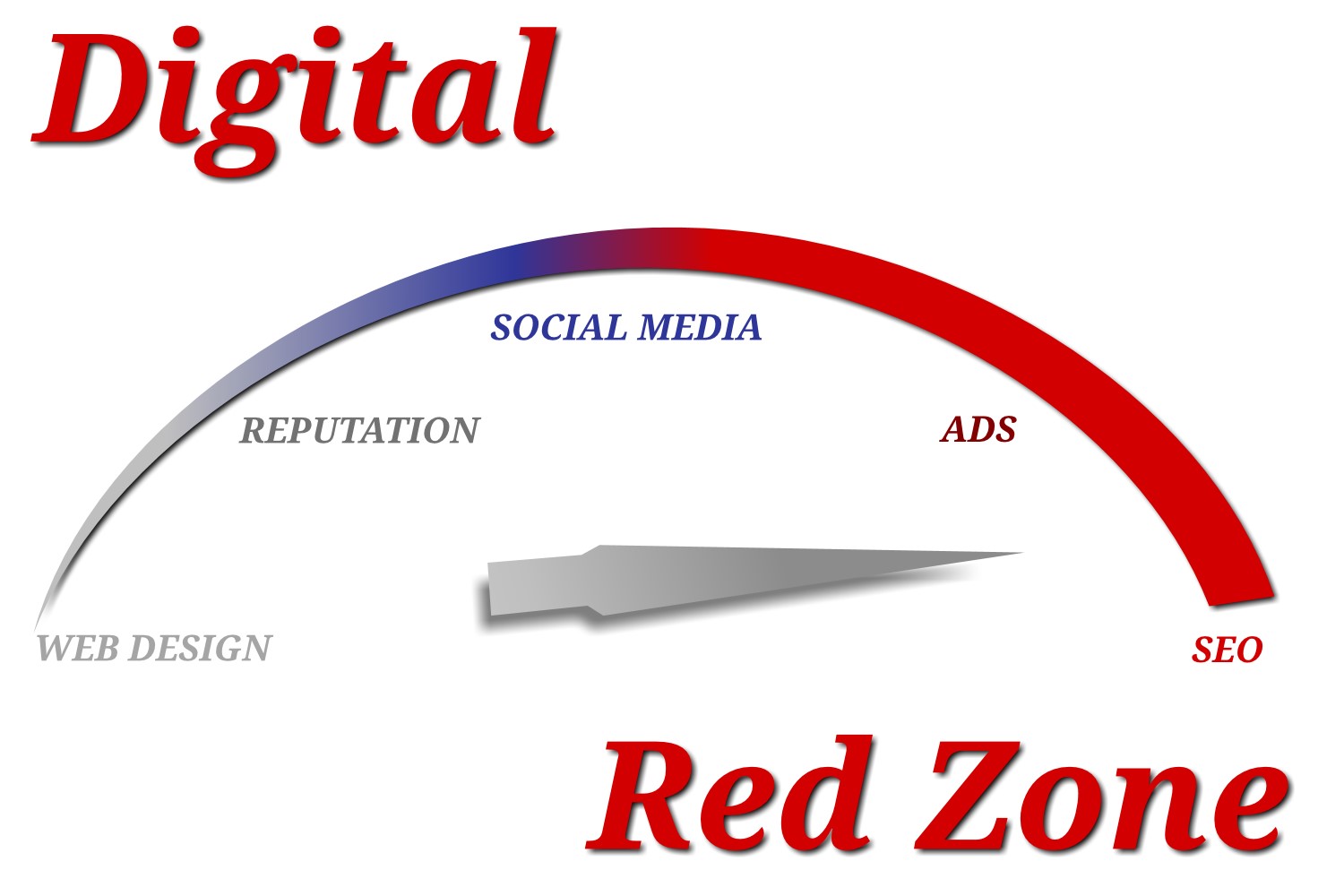Digital Ads
For a small business owner, digital advertising is one of the best places to compete fairly with the “big boys” because they don’t have the ability to price you out of the market. You have data tracking and budgeting mechanisms that allow you to capture the pieces of the market that are the most valuable to you. A small business can aim small and hit big in the digital marketing arena.

A look back at how a small business used to compete locally for business make sone wonder how they competed at all. There was a time that for most small businesses their number 1 source of acquiring new business was to place an advertisement in the local phone book. Think about this, they would pay a ton of money for an ad in a book that they hoped someone would open and select them. There was no data to track, you couldn’t edit the ad to make it better at converting into calls, and the book went out to everyone so your ad cost included all the people that had zero chance of ever buying the advertisers product or service. Even worse over time the larger companies were able to acquire the largest spaces and price out the competition. With digital ads you can track your data to improve your campaigns, you can make sure your ad is only in front of real potential customers, and you can start with a small budget to learn what ads work the best then scale up to maximize your ad cost.
Digital Ads allow you to work smarter, compete at a larger scale, control your ad costs more efficiently, and create a greater return on investment of your marketing budget.
Digital ads, often called online or internet advertising, encompass a range of promotional activities disseminated through digital channels like search engines, websites, social media platforms, email, and mobile apps. Here's a breakdown of what digital ads are and why they can be beneficial for small businesses:
What are digital ads?
Digital ads come in a variety of formats, including:
- Search Engine Advertising: Ads that appear on search engines like Google or Bing when users type in specific keywords. Examples include Google Ads and Bing Ads.
- Display Advertising: Visual ads that appear on websites or within mobile apps. They can be in the form of banners, interstitials, or video ads.
- Social Media Advertising: Ads are placed on platforms like Facebook, Instagram, LinkedIn, Twitter, Pinterest, and TikTok. These can be promoted posts, stories, or specialized ad formats specific to the platform.
- Video Advertising: Short promotional videos that play before, during, or after a user-selected video, especially on platforms like YouTube.
- Email Advertising: Promotional content sent to a group of people through email, which can include newsletters, special offers, or dedicated ad spaces within those emails.
- Affiliate Marketing: Promotions where businesses reward third parties (affiliates) for generating traffic or sales through the affiliate's marketing efforts.
- Native Advertising: Ads that match the appearance and function of the media format in which they appear but are labeled as "sponsored." They're designed to be less intrusive than traditional ads.
- Retargeting/Remarketing: Ads that target users who have previously interacted with a business online, reminding them of products they viewed or encouraging them to complete a purchase.
Why should small businesses use digital ads?
- Cost-Effective: Digital advertising can be more affordable than traditional advertising mediums like TV, radio, or print. Small businesses can set precise budgets and adjust them in real time based on performance.
- Targeting Capabilities: Digital ads allow businesses to target specific demographics, interests, behaviors, or geographic areas. This means ads are shown to those most likely interested in the products or services offered.
- Measurable Results: Online advertising platforms provide detailed analytics, enabling businesses to see exactly how their ads are performing, how many people are engaging with them, and what the return on investment (ROI) is.
- Flexibility: Digital ads can be tweaked in real time. Businesses can adjust the content, design, or targeting parameters if an ad isn't performing well.
- Increased Reach: With digital ads, small businesses can reach a global audience or focus on a local demographic. The physical limitations of traditional advertising do not restrict them.
- Engagement: Digital platforms often allow for two-way communication, enabling businesses to engage with their audience, answer queries, or gather feedback directly from the ad interface.
- Brand Awareness: Even if users don't click on an ad, displaying it increases brand visibility and awareness.
- Complement Organic Efforts: While organic reach and SEO are crucial, digital ads can complement these efforts, especially when trying to break into new markets or promote time-sensitive offers.
- Diverse Formats: The variety of ad formats available means businesses can choose the most appropriate type for their message and audience, whether it's a video, image, or interactive content.
- Competitive Advantage: Many competitors are likely already using digital ads. Online advertising ensures a level playing field and can provide an edge if done more effectively.
Expert Tip:
Digital ads provide small businesses an affordable, measurable, and effective way to reach and engage their target audience, driving brand awareness, conversions, and revenue growth.
